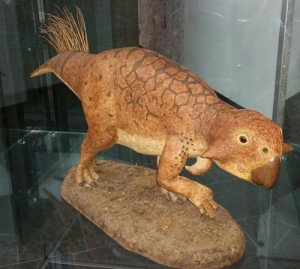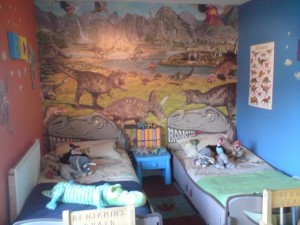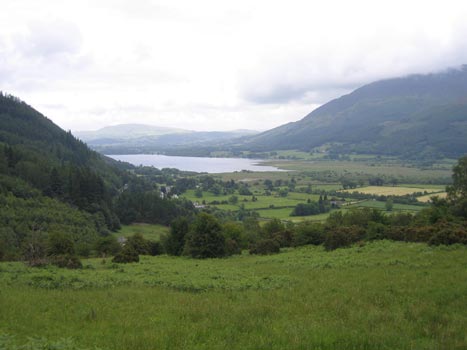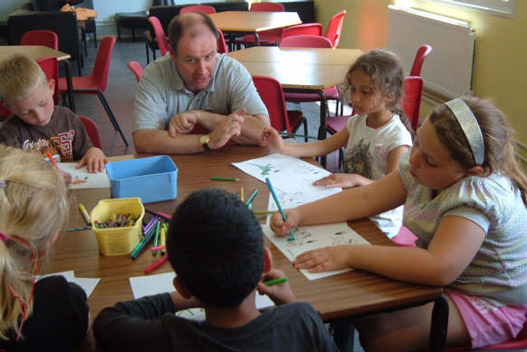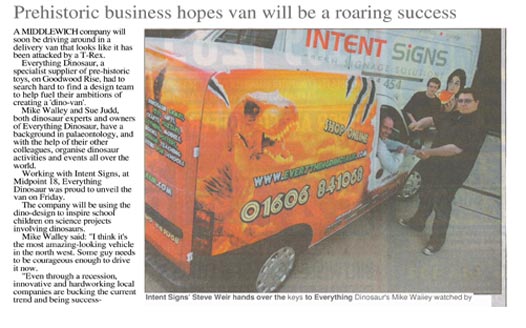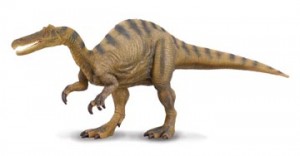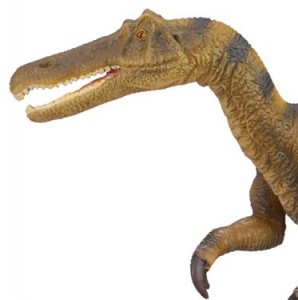A Remarkable Dinosaur Encounter – Bournemouth International Centre (BIC)
Dinosaur Encounter Exhibition in Bournemouth Summer 2009
Everything Dinosaur will be working at the Dinosaur Encounter exhibition in Bournemouth over the summer.
Travel back in time to the Mesozoic and come face to face with giant dinosaurs, that is just one of the many Summer attractions being offered this season at the Bournemouth International Centre (BIC), Bournemouth, Dorset. Just a fossilised dinosaur bone’s throw from the Jurassic coast, come face to face with Tyrannosaurus rex and other famous dinosaurs with the Natural History Museum’s Dinosaur Encounter Exhibition.
Dinosaur Encounter
Are you brave enough to meet the huge armoured Ankylosaurus with a 50 kilogramme club on the end of its tail ready to take a swing at you? Or do you fancy yourself standing beneath the gaping jaws of a T. rex? All this and more awaits the brave dinosaur hunters who venture into the BIC this Summer.
Dinosaurs continue to fascinate and amaze, in fact on average a new dinosaur species is named and described every six weeks, dare you enter their world and come face to face with these giant prehistoric creatures. The BIC in association with the Natural History Museum and aided by team members at Everything Dinosaur are bringing the Jurassic and Cretaceous world’s to life with fossil encounters, activities, interactive exhibits, replicas and of course the dinosaurs themselves, many of which are animated (they move), thanks to the those clever robotic engineers at Kokoro.
Dinosaurs at the Seaside – Bournemouth
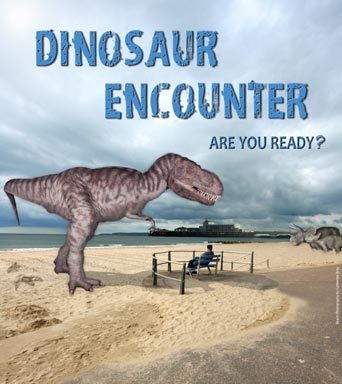
Picture credit: BIC
Theories from Palaeontologists
Palaeontologists have put forward a theory that dinosaurs like Triceratops may have lived in coastal environments, so at least one huge dinosaur is going to feel at home on the south coast this Summer.
If you are unable to visit the south coast, take a look at Everything Dinosaur’s website instead: Everything Dinosaur.
The Dinosaur Encounter Exhibition runs from Saturday July 11th until Friday 28th August, 160 million years of dinosaur evolution crammed into seven weeks, that’s not bad going! The Solent hall at the BIC has never had such fearsome and awesome visitors and with the event opening at 10am each day (final entry 5pm), there has never been a better chance to get up close to dinosaurs and learn a little about these amazing creatures.
BIC ticket hot-line (UK) 0844 576 3000 (family concessions available).
Travel back in time this Summer and come and see the dinosaurs, this exhibition is going to be a “roaring success”!


